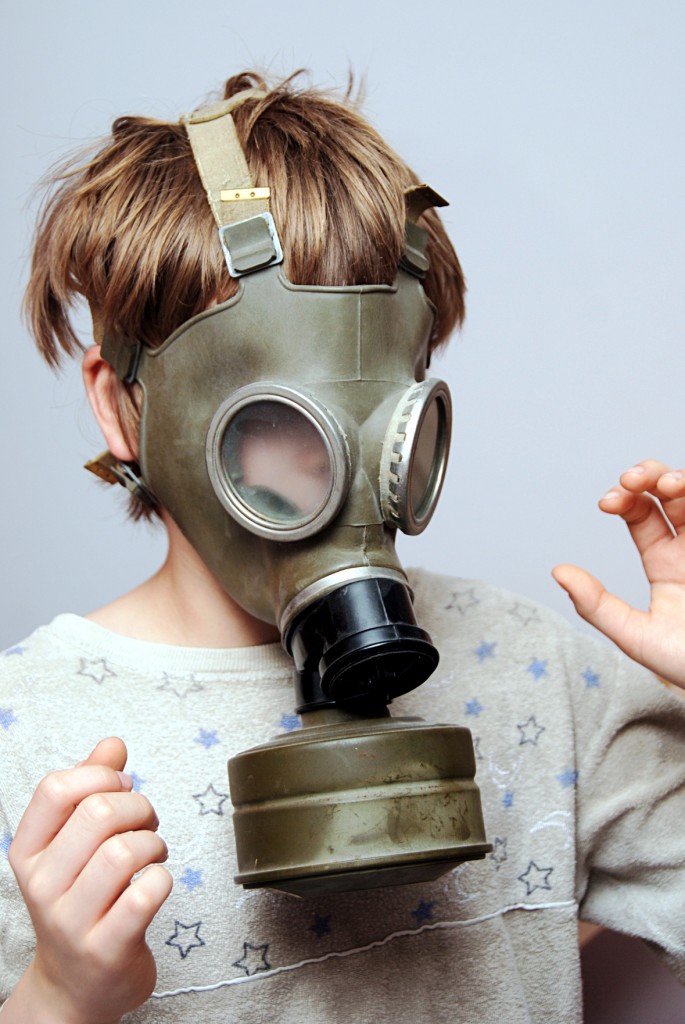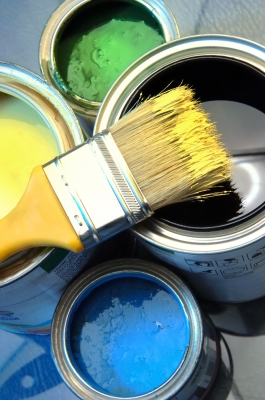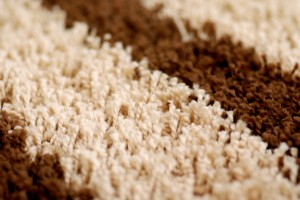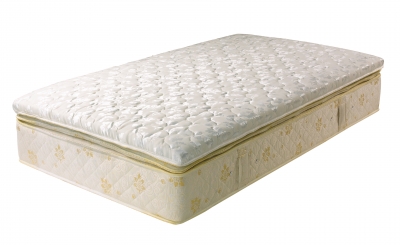
Fan of Doctor Who will understand this picture…
The aim of Feng Shui is to tune your home so it can be in synch with your own energy and support you. However, your house, despite having a good Feng Shui, can still harbor sources of toxicity.
In this article, I discuss some aspect of our homes and lifestyle that can bring hidden toxicity on a daily basis. Some of us do a lot with foods and fitness regimen to be in good health, but our homes can be silent killers that undermine some of our efforts…It’s all about awareness, so progressively you can make better choices.
This guide will of course be very useful when you want to move to new place, or renovate. Even if you cannot afford yet to implement all the suggestions, at least you can check those points progressively and make your home a safer one. This article covers a lot of ground and therefore is in several parts.
Toxicity in your home
Here are the primary sources you want to consider:
Paints
Paints can contains heavy metal like cadmium and lead, and when they are peeling off they are a source of contamination, especially with kids and pets. If you suspect that the paints are toxic in your place, best is to get rid of them and repaint with non-toxic paints.
Another problem is when a place has been repainted; the smell is usually a deterrent strong enough to not stay in those, but we get use to smell quickly and don’t notice them anymore after a while. A regular paint can still emit the famous VOC, or volatile organic component that have been found to be cancer promoting for months…In this case, “organic” is not a good thing!
The solutions: if a place has been freshly repainted make sure it was with low VOC paints, otherwise consider not renting it or get rid of those previous paint . If you can’t do otherwise, open the windows often and use fans in this room. Clean the air room with natural products such as Armenian paper and avoid spending too much time in it. Another good idea is to include as many plants as possible in the room, of the kind that can filter the air.
This article from the NCBI extensively cover the work of Dr. Wolverton on the matter and tell you which plants to use and how to use them
Here is the list of the most useful plants to do so: https://plantcaretoday.com/best-indoor-plants.html
Be careful to choose organic plants, or at least plants that have not been treated, and that must grown in non-toxic containers such as terracotta. Otherwise you can introduce more VOC through the plants themselves!
The site of Dr Wolverton is here.
As activated charcoal is one of the best substance to clean toxic sustances. The best is to buy a charcoal electric filter to clean the room; a cheaper but less effective option would be the Moso bags
The holistic blog Wellnessmama has covered this issue here.
If you have to repaint, use non-toxic paints with low VOC; this is especially important for babies and kids room. You’ll find a great guide on the matter in the US by reading the article of Apartment Therapy here.
In the UK, I have found great sources of organic paints with Healty House and through Nursery Paint.
Carpets and floors
Carpets can be a source of toxicity, with synthetic material that harbor several chemicals that are also, you guessed it, cancer-promoting. VOC, anti-stains, flame retardants and funny stuff like benzene and hexane substances.
Best is to use natural material such as non treated wool and organic cotton, and to get rid of the toxic carpet. Like with paints, use a fan and ventilate the rooms if you cannot get rid of them, and avoid walking barefoot on those carpets. If you have a choice, tiling and wood floor are best, but with Wood there is a caveat too… Which is the glue used, that often have toxic fumes. Old wood flooring are therefore best, otherwise use glue that is certified non-toxic.
The same solutions that we have seen to purify the air apply here too.
You can already see a pattern: if you are renting, go for an old building rather than brand new, unless it is certified made with non-toxic material. It is better to get a place that has does not use brand new materials and refurbish a bit yourself with eco materials. If you remodel or design your new home, do your homework, it will pay off in term of your health…I remember that in 2012 I did a Feng Shui consultation for a rich family in Vancouver and the smell of the flooring used in their patio was so strong and toxic that they couldn’t use it for several months! Does it not pay off to rather choose non-toxic materials from the beginning?
Some resources in the US: Green Building Supply, Earthweave, and Green Depot are good places to check out.
In the UK, the Guardian had a look at this issue and posted an article here.
The luxurious Tretford brand provide carpet made of cashmere woold that also perform as a natural air filter!
Interfaceflor is also a good resource of eco-carpets and flooring in the UK, as well as Sustainable Floors.
Of course, think about the added toxicity of industrial carpet cleaning products! So when cleaning your carpet, you want to call an “organic” cleaning company too.
Sofa and mattresses
In the past few years, toxicity of brand new sofas and mattresses have been highlighted: most of the brand contains very toxic flame retardants that can go through your skin and be inhaled. Pretty much all the toxic chemicals you find in carpet can also be in brand new sofa and mattresses, and those get much closer to your skin.
There are several solutions here:
- Buy a secondhand sofa or mattress, that has been used and has less chemical in them. However, for a mattress an old one also take the Chi of its previous owners, and needless to say a fair amount of dust mite so…
- Let the sofa or mattress outside for at least a month, protected from the rain but exposed to daylight. Think of exposing both sides regularly for a mattress. While it’s not a perfect solution, it helps to reduce the chemical and also destroy the dust mite. It is anyway a good practice to have to regularly refresh it, if you are fit enough to move the mattress on a monthly basis!
- Use some cover made of non-toxic material. For mattresses especially, a food-grade polyethylene cover is ideal. I took this idea from the great mommypotamus blog that has extensively cover this issue here and it’s worth a read
- Buy some organic, non-toxic brands if you can afford it. For a mattress in particular, it is an investment that will last you for years anyway…Be careful, organic is a term that is widely used today but you’ll need to do some detective work to find out if they really are non-toxic
A great buying guide for the US here, again from Apartment therapy, great site!
For the UK, I love Abaca and Naturalmat seems to be a good resource too
And think about your bedding too! Organic cotton is often marginally more expensive than regular one and it feels amazing…Be also sure that your pillows do not contains toxic chemicals as you are breathing on them every night.
Stay tuned for the second part of this article that will look at technological sources such as radioactivity, Wifi, smart meters and dirty electricity!
Disclaimer: While I have scouted the web for companies that I believe should be included here as they provide better solutions, I haven’t personally tested most of them and therefore it is not a commercial endorsement as such. The pictures in this article are from Rgbstock and FreeDigitalPhotos



